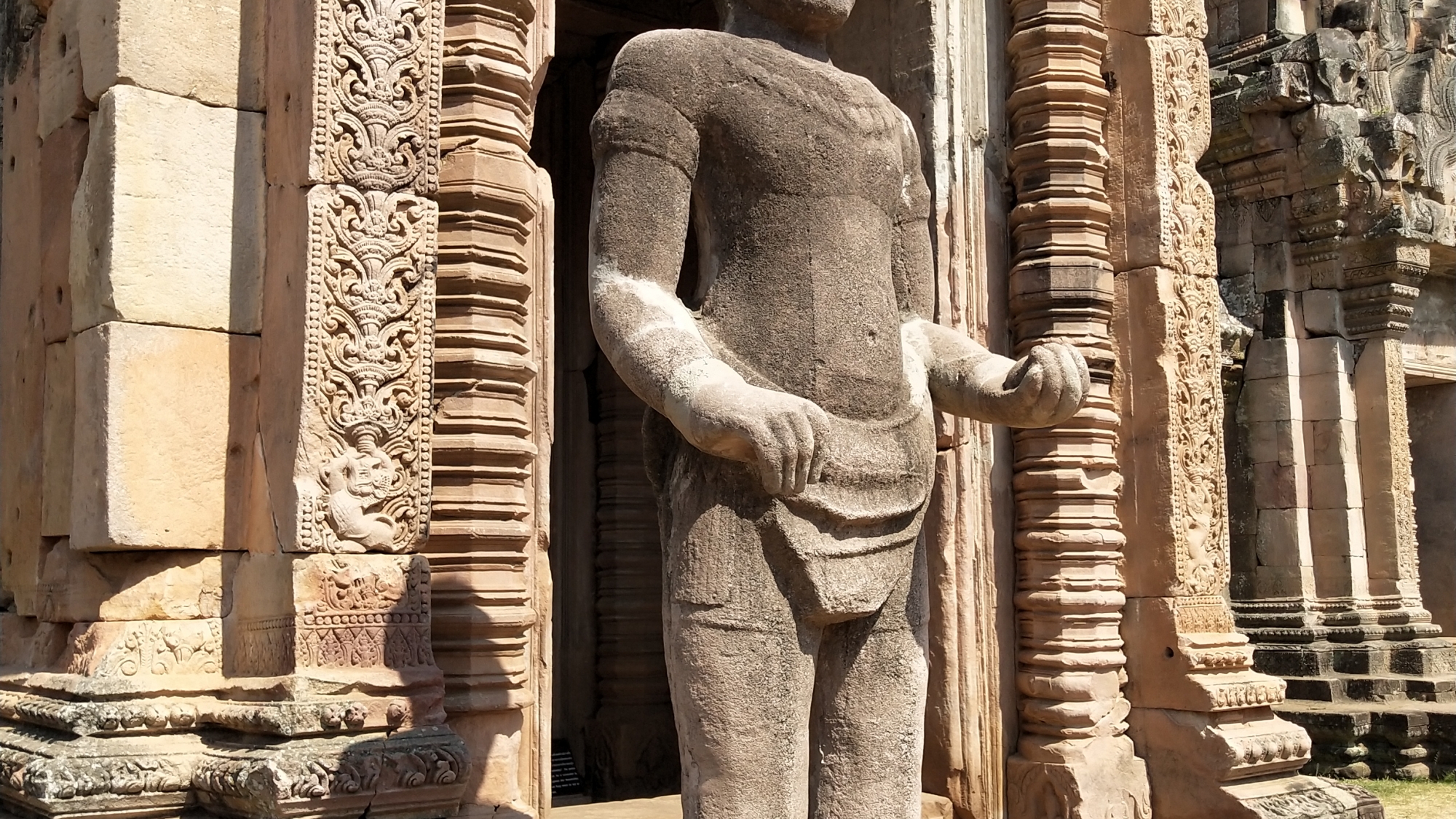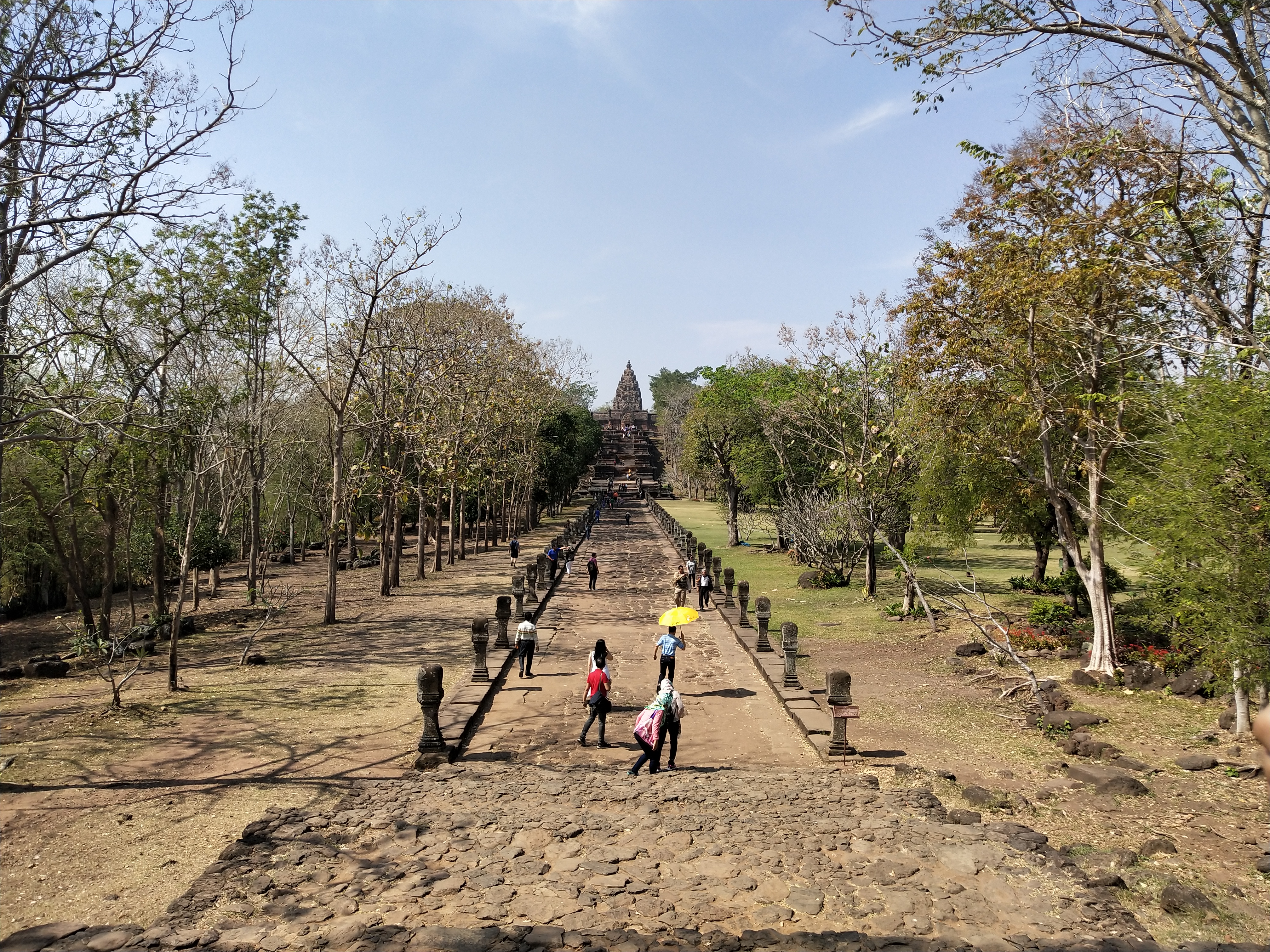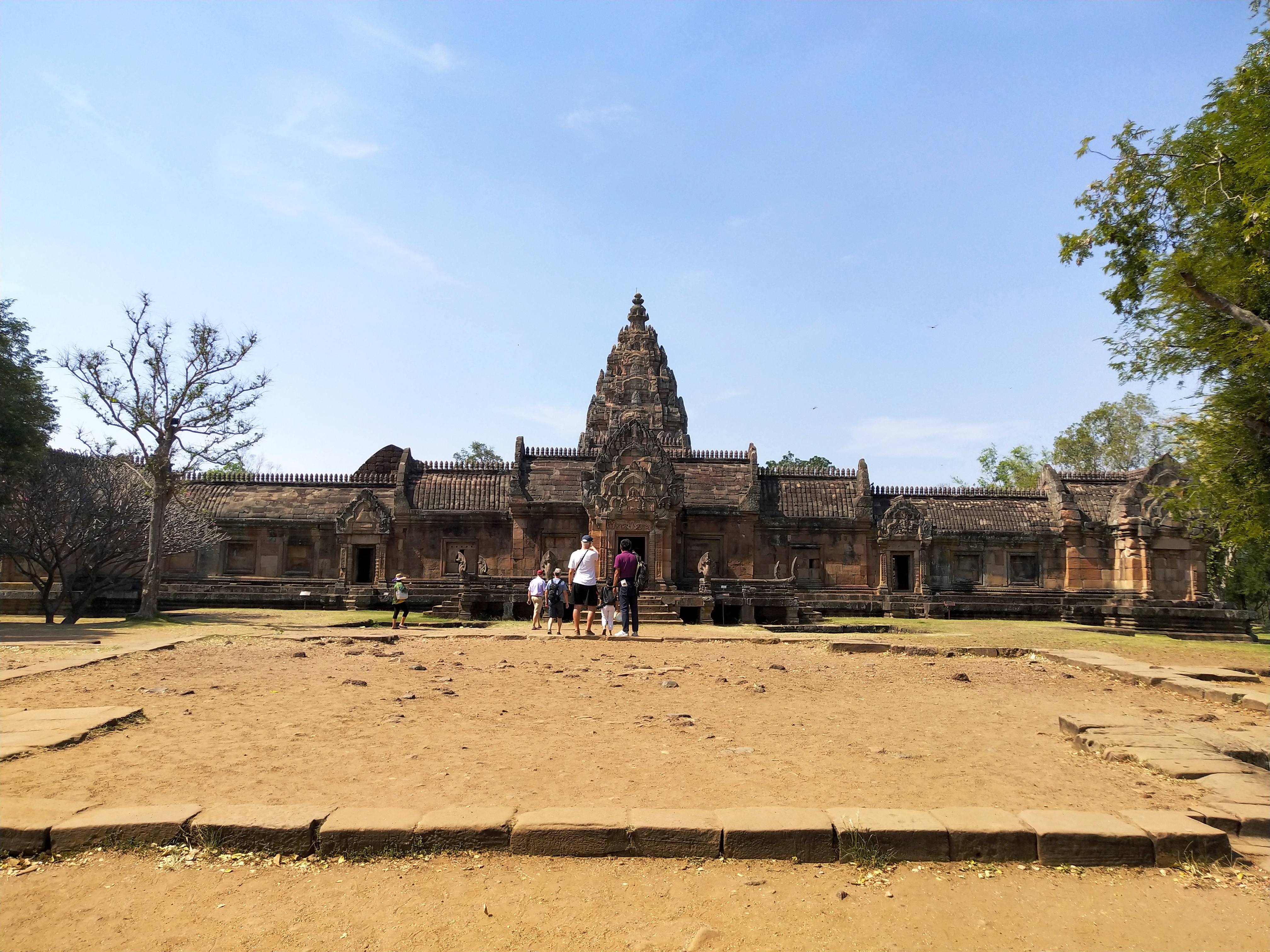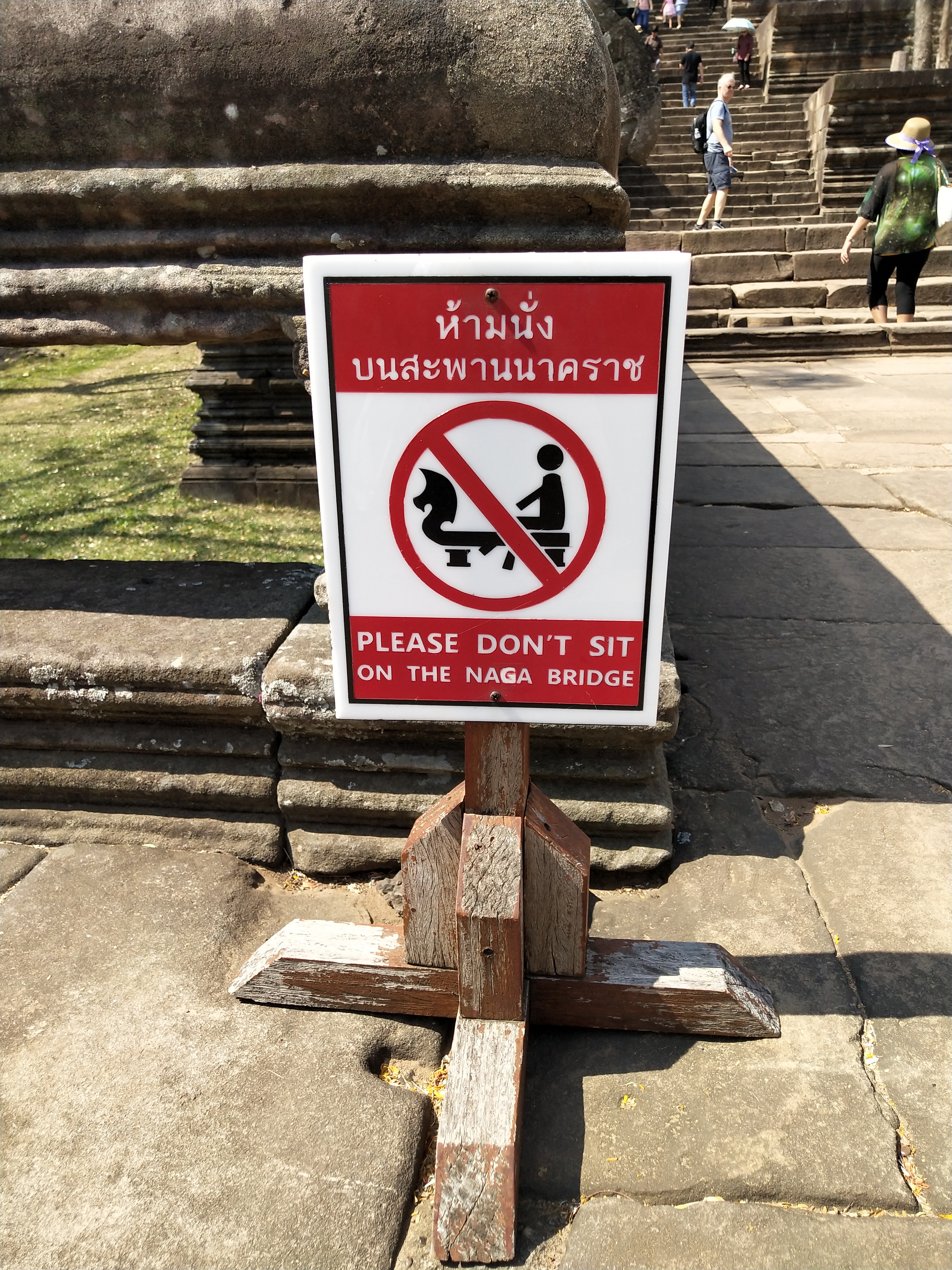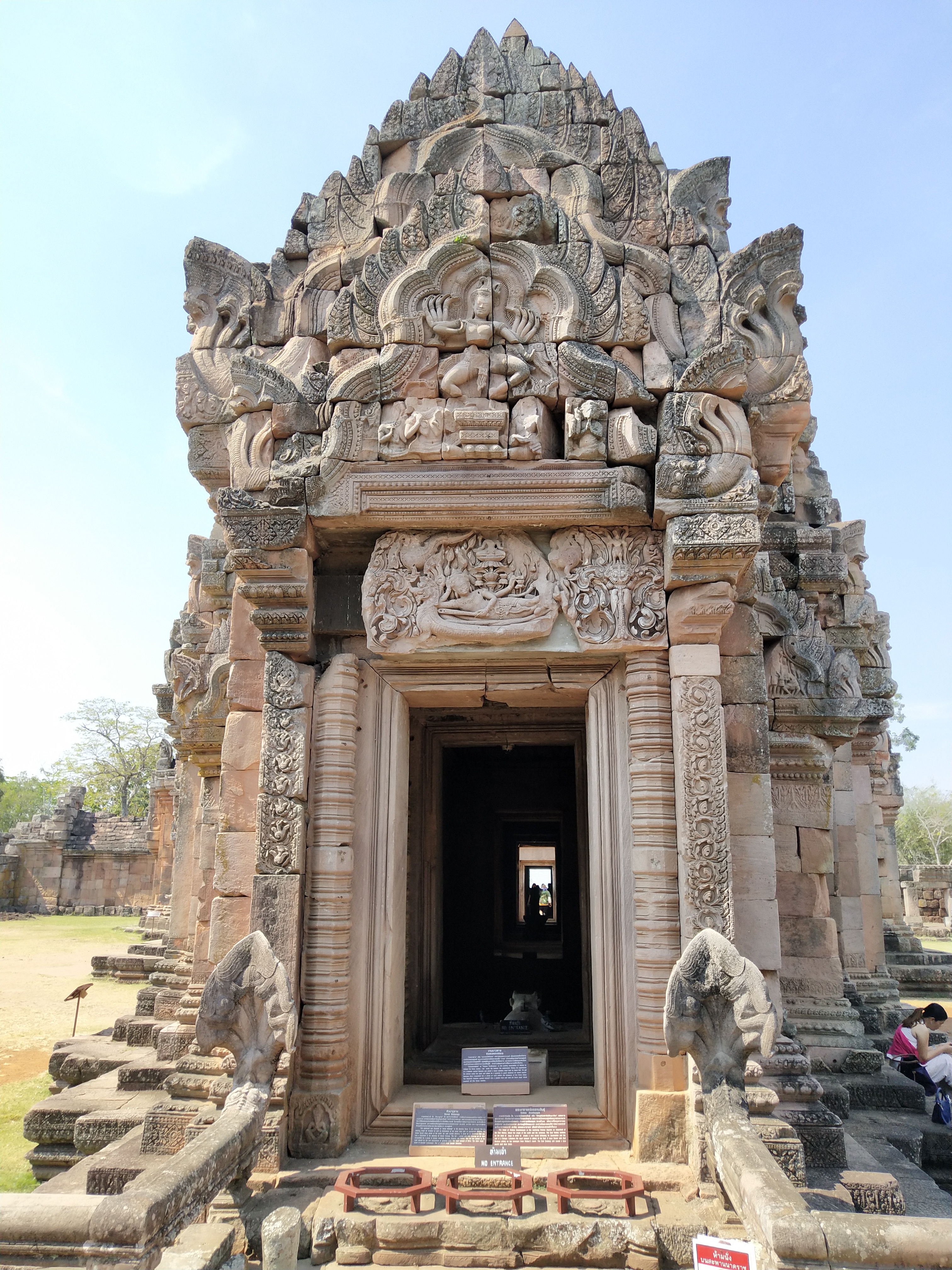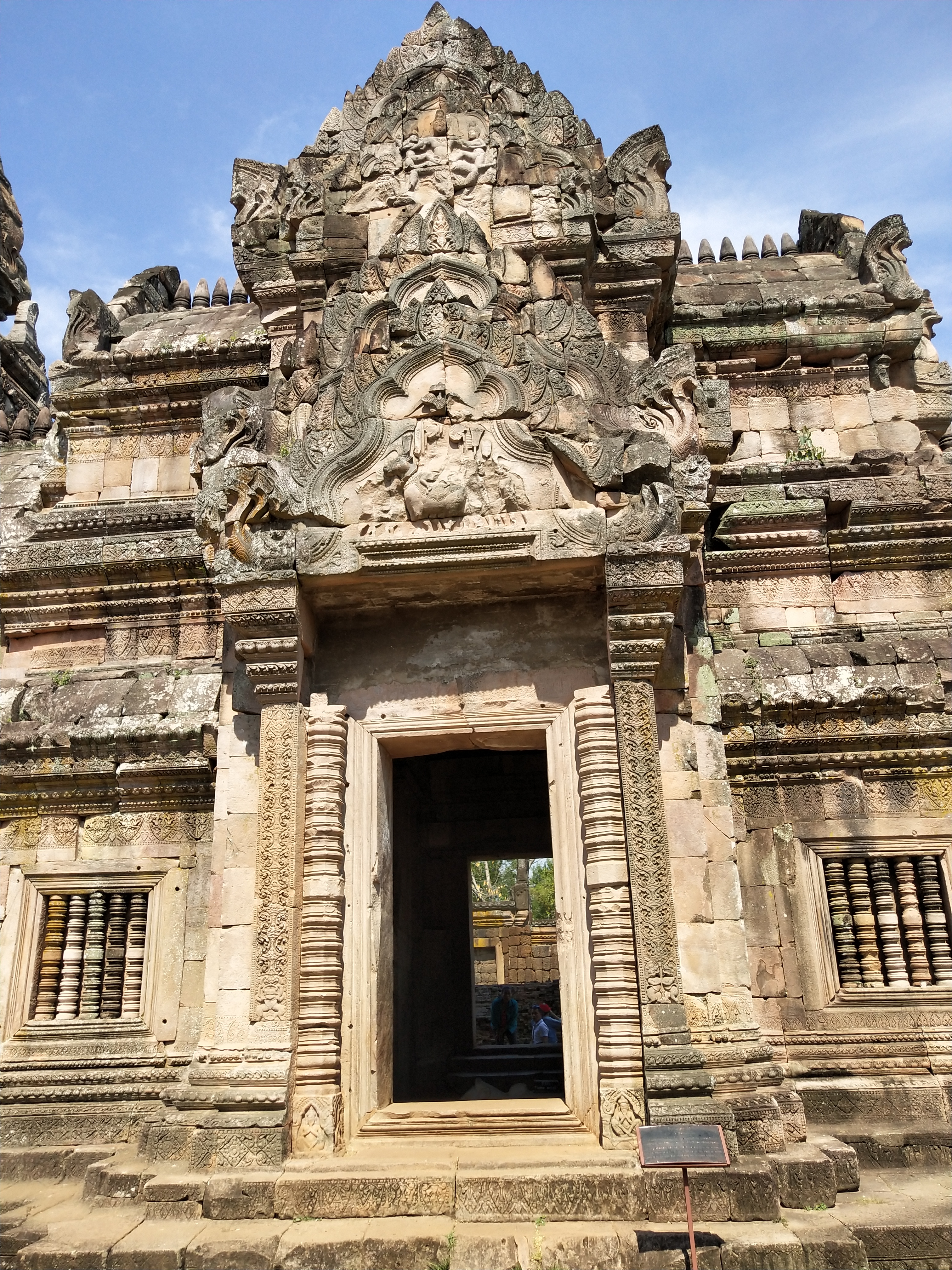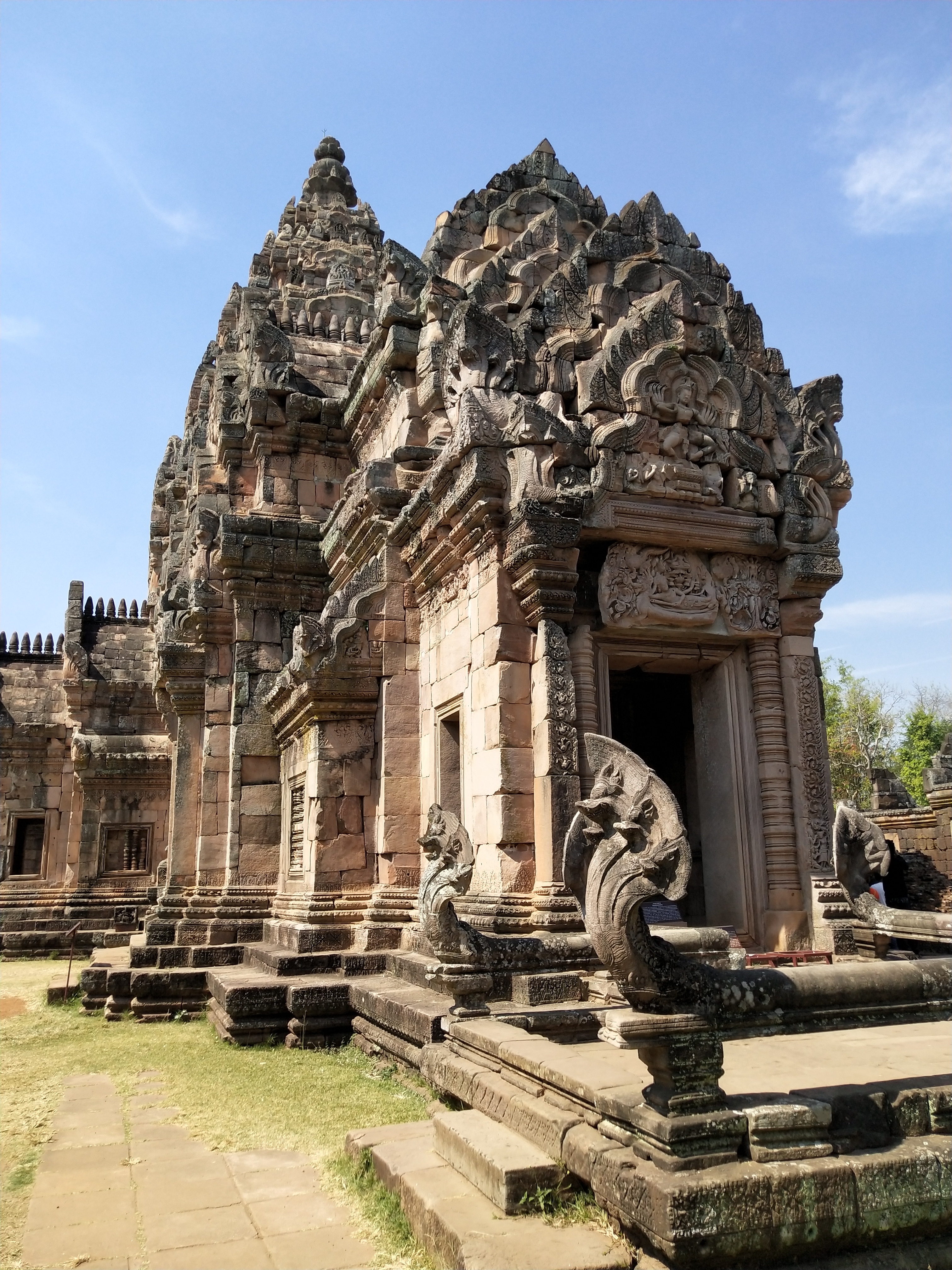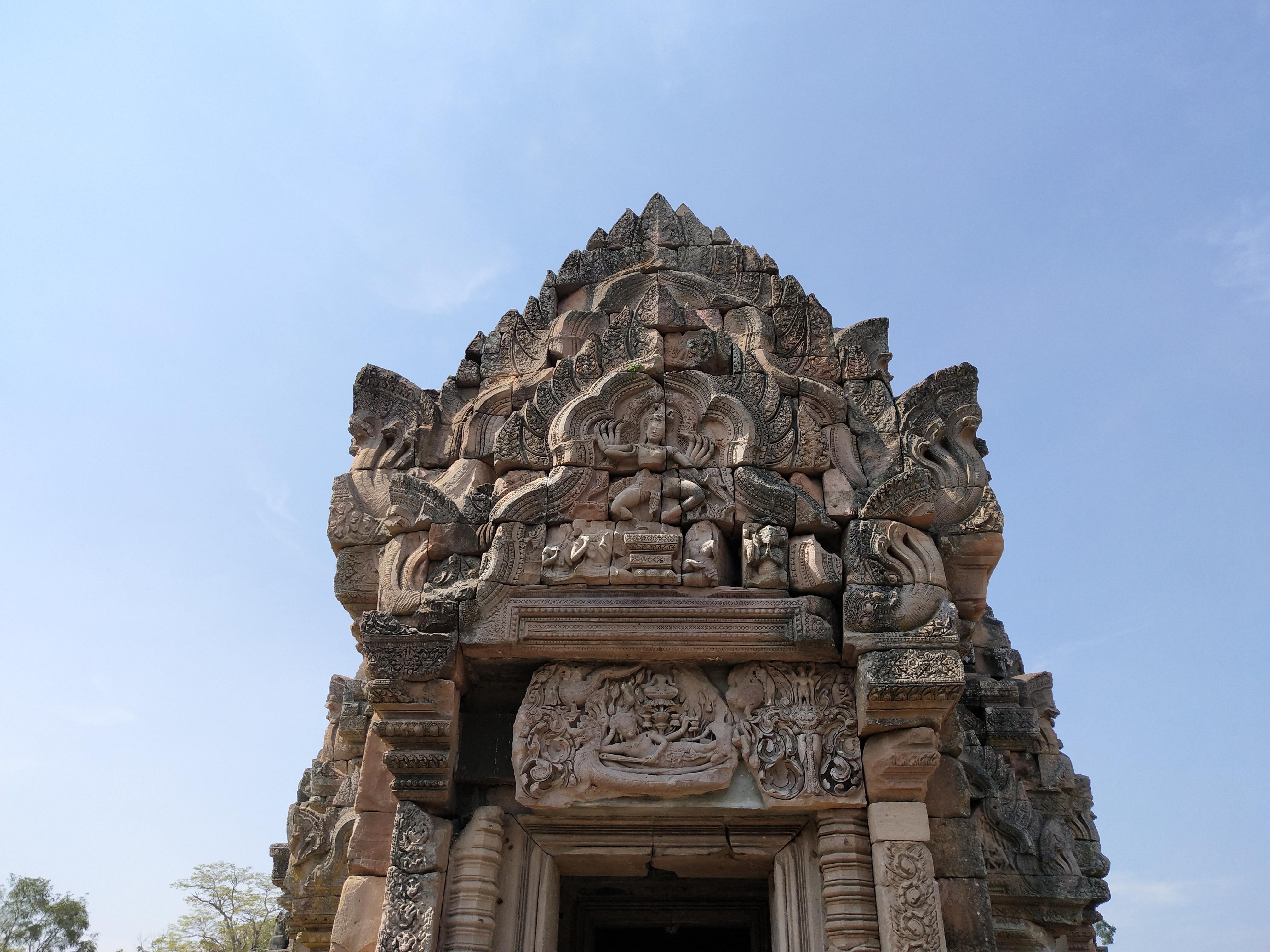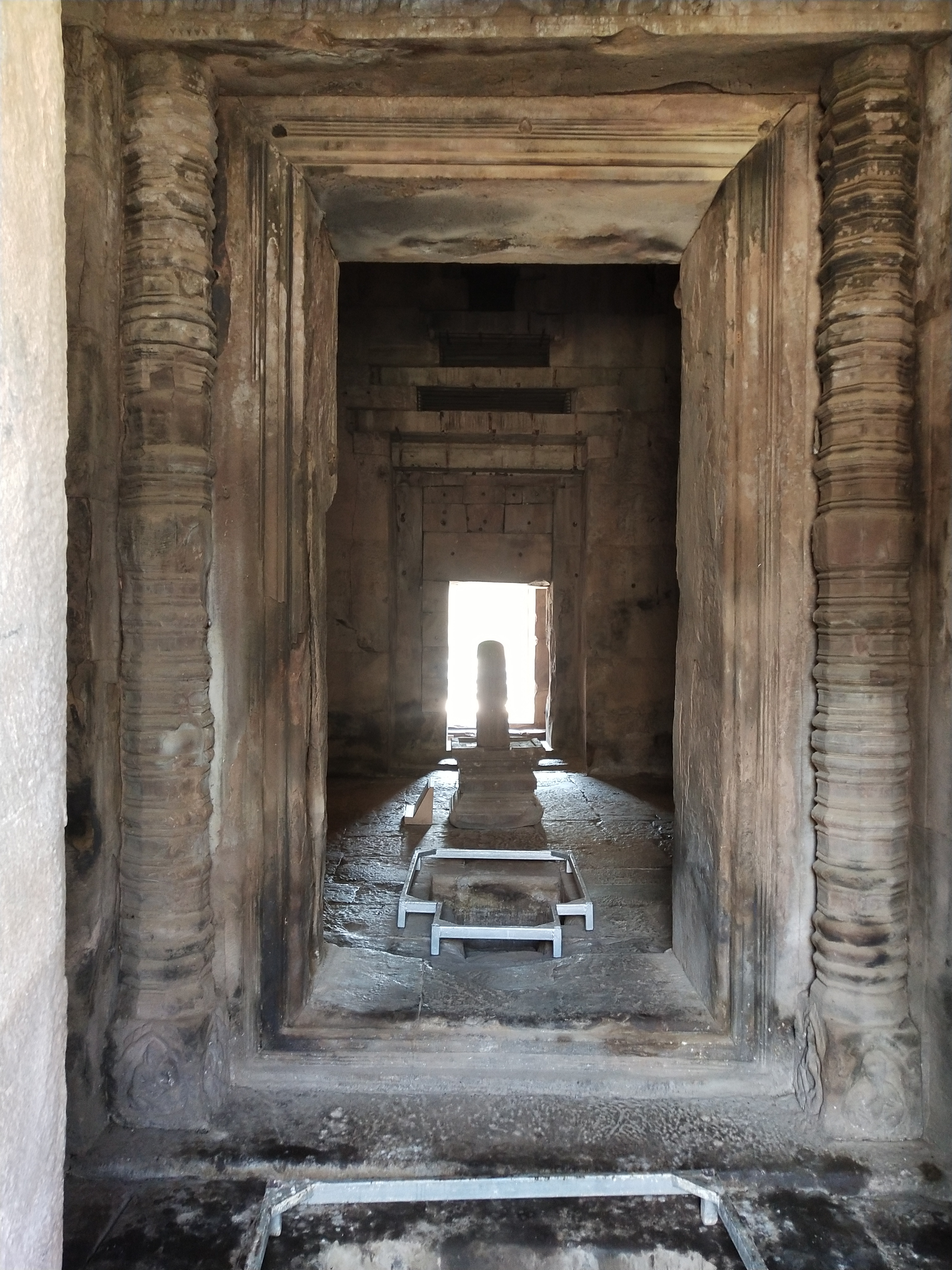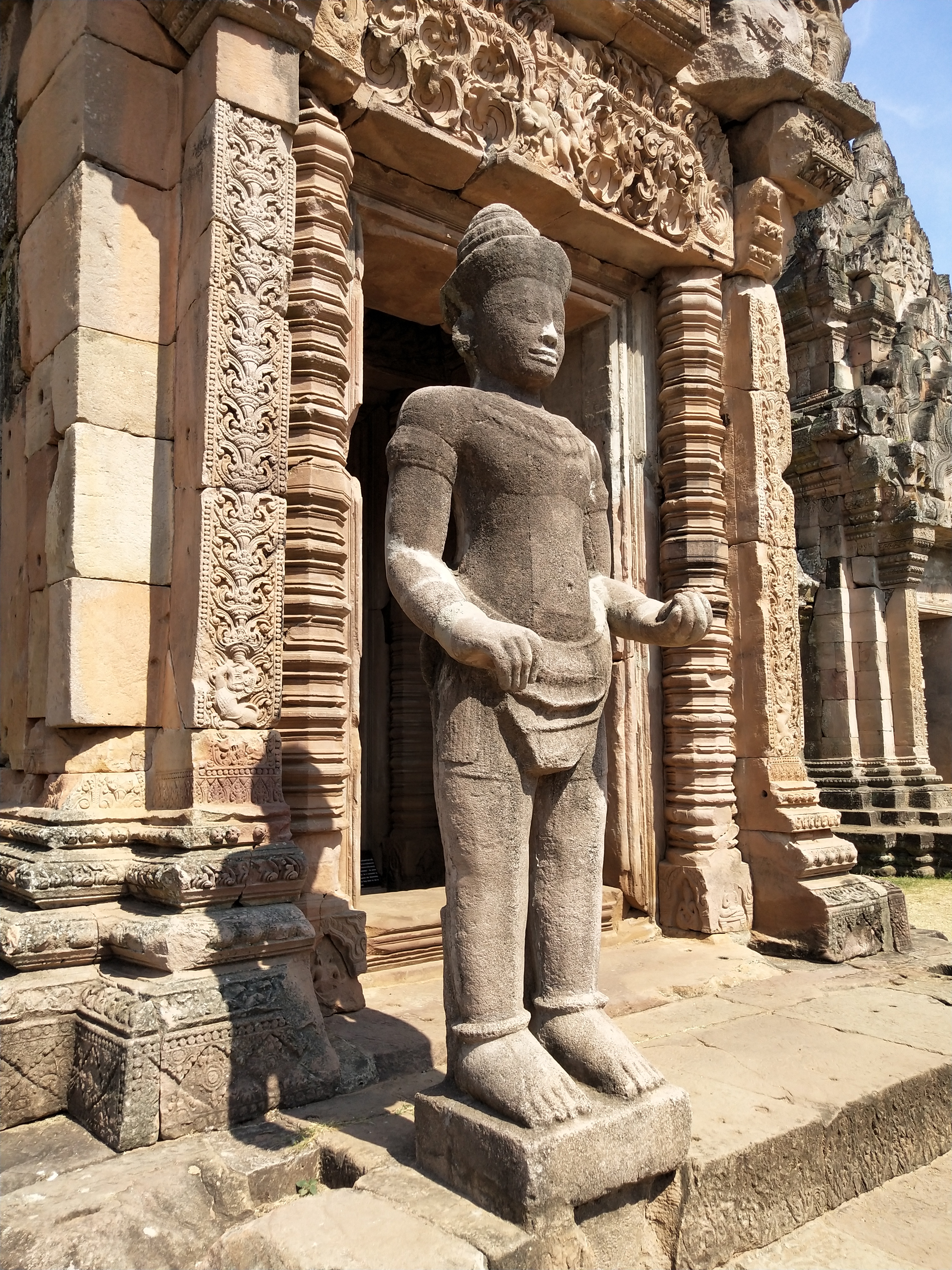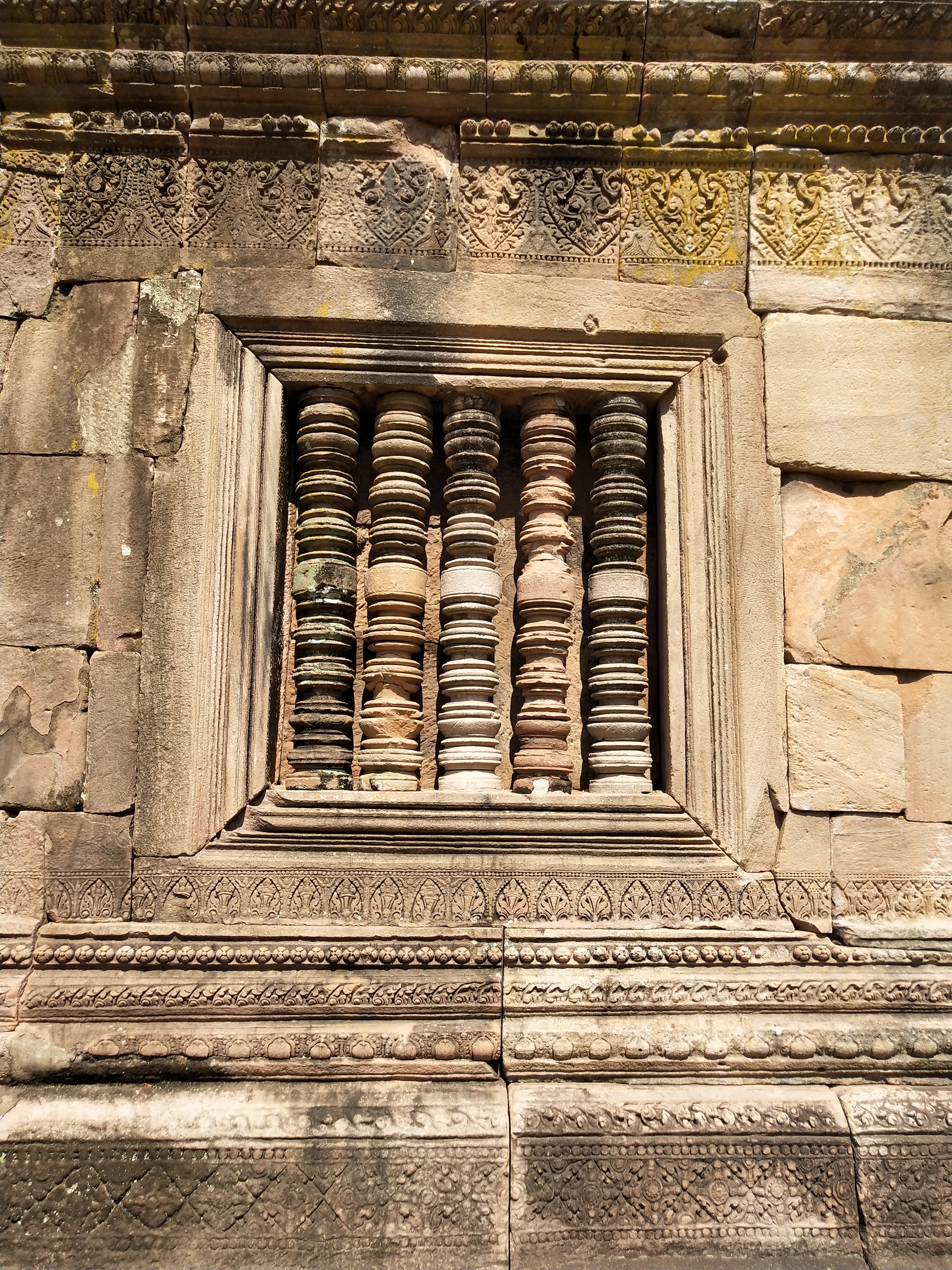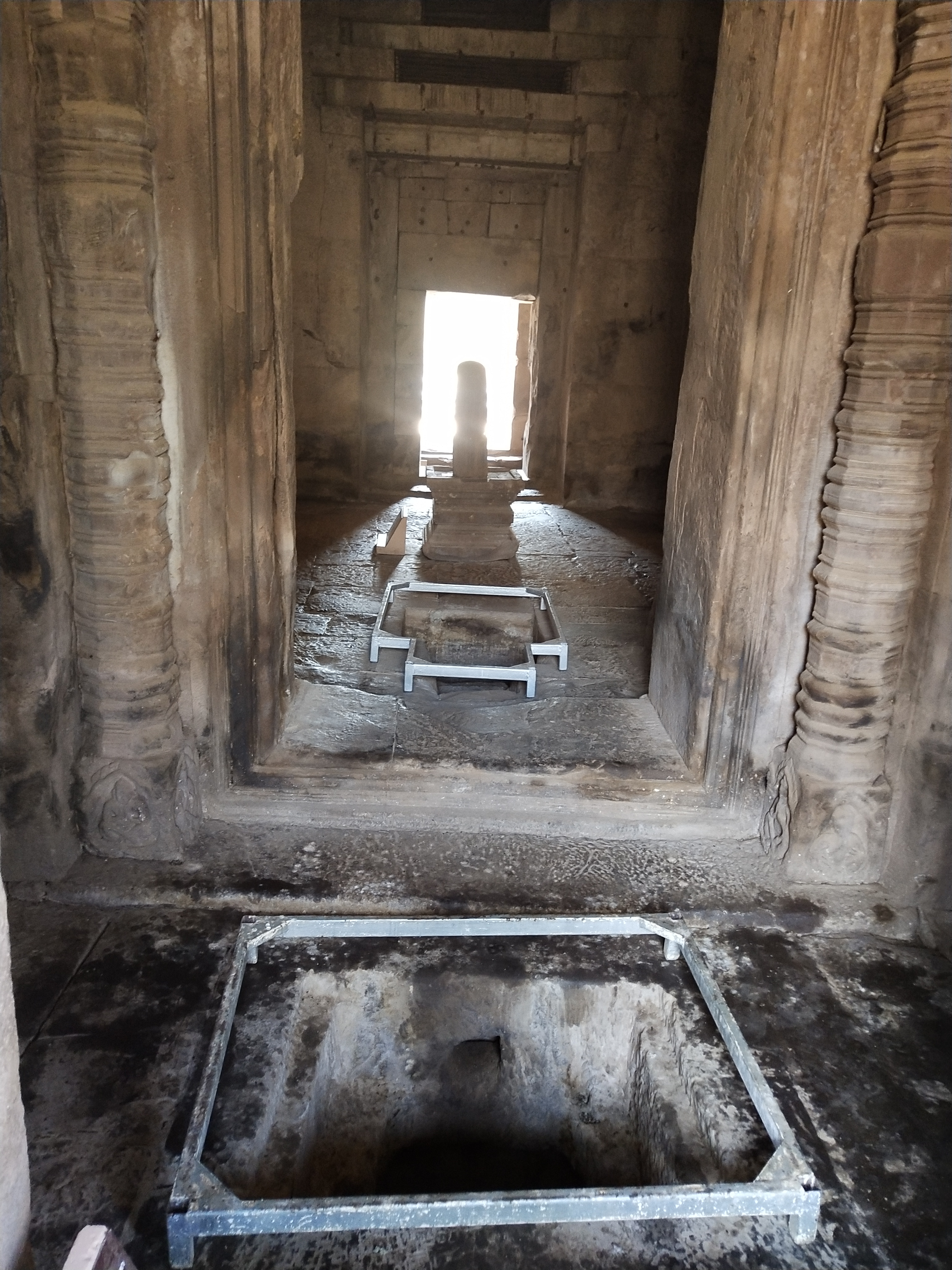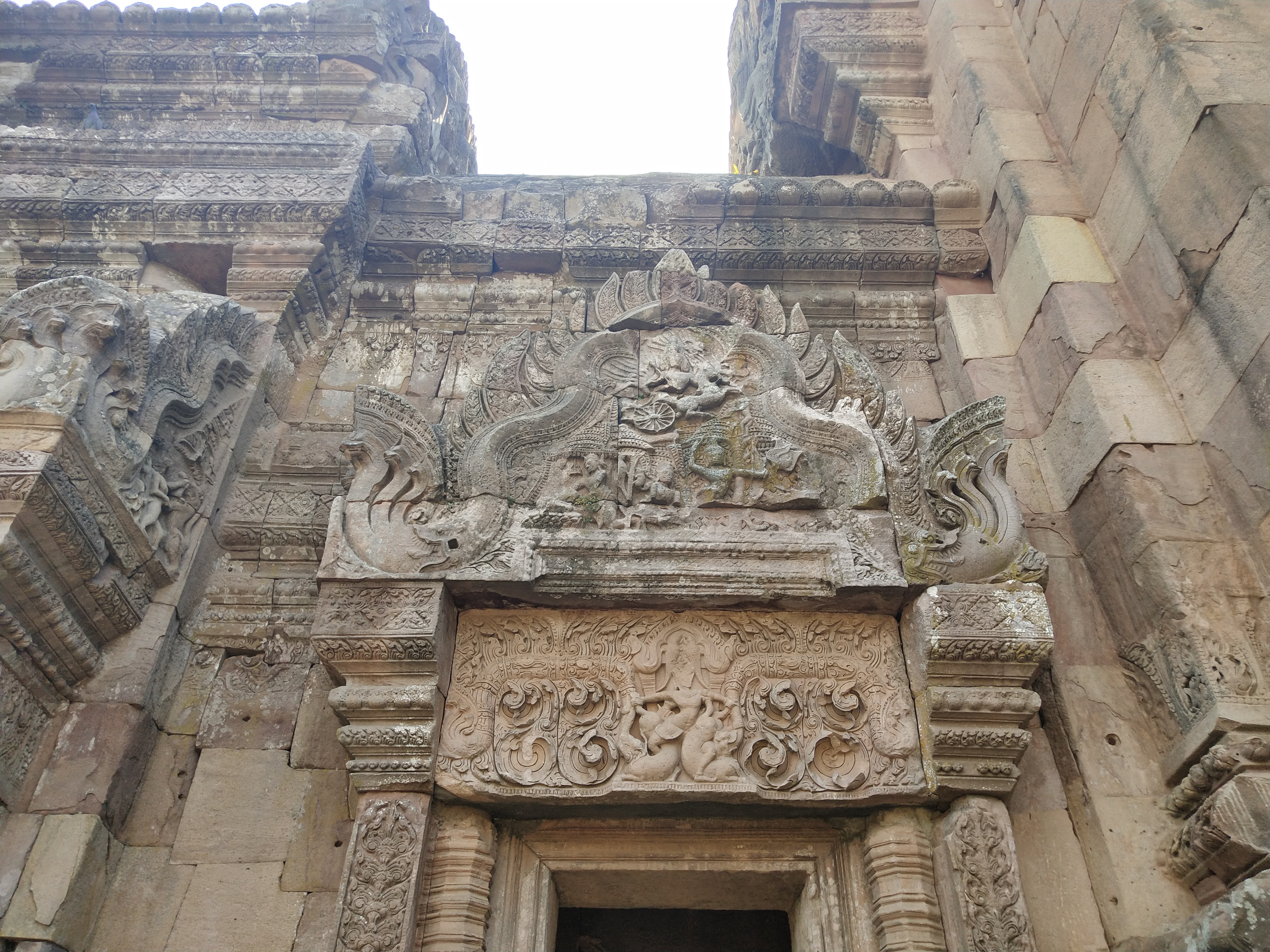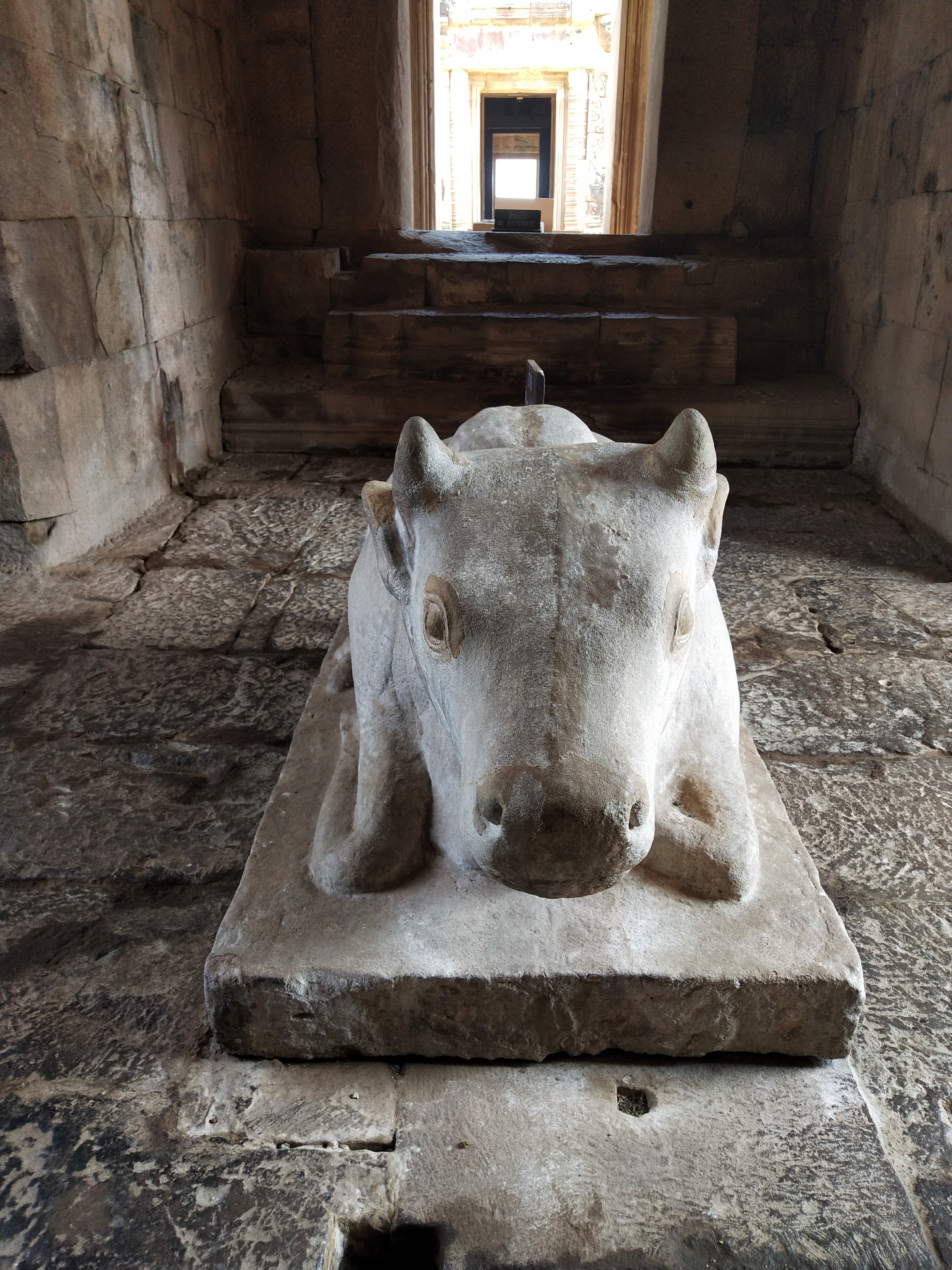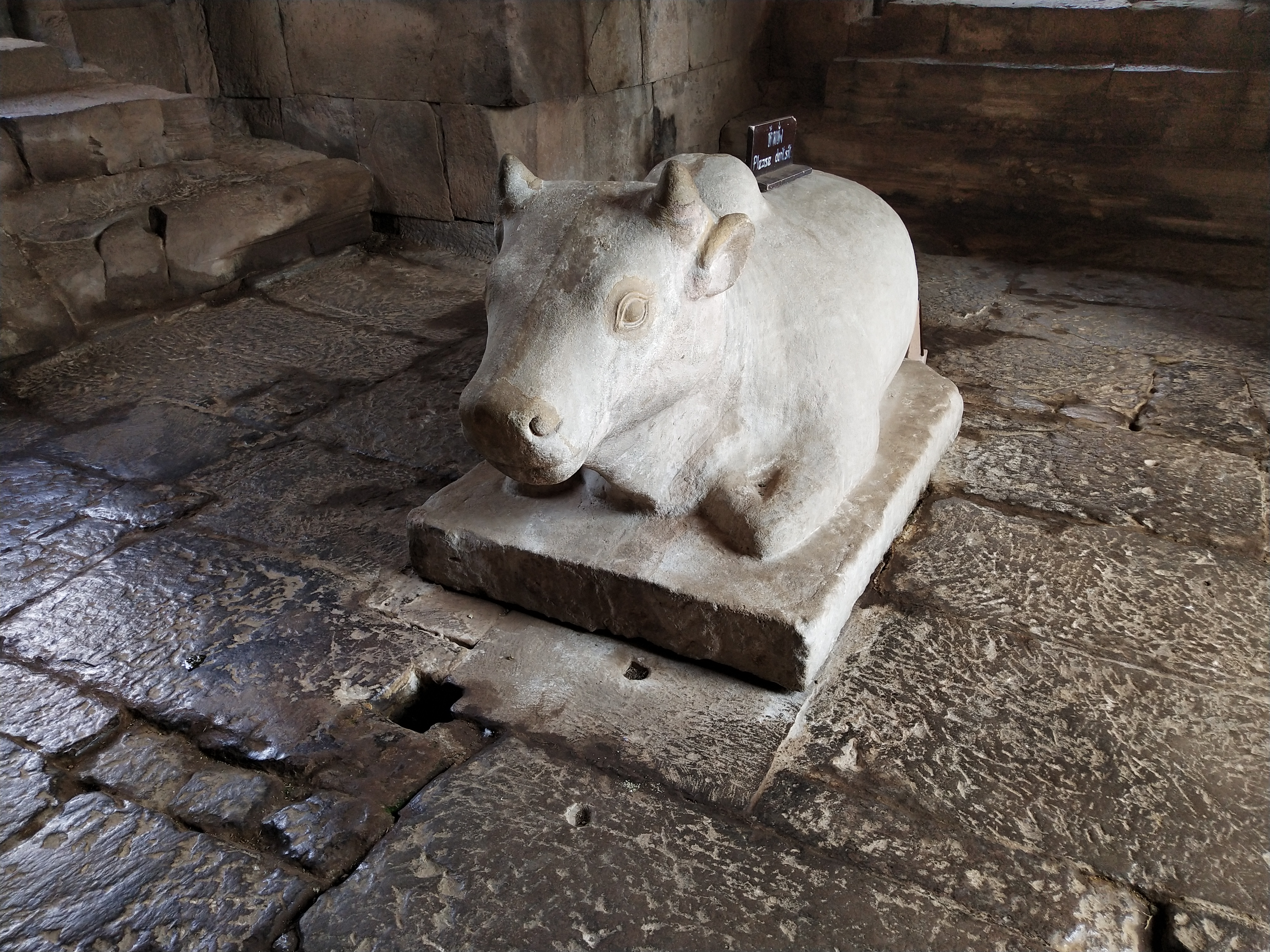Phanom Rung Historical Park. Muang Tam Sanctuary is a large community religious site in Hinduism presumably built for worshiping Shiva.
From archaeological excavations, clear evidence revealed that human settlements had been established in this area. It is significantly situated on the main communication route that runs from Muang Phra Nakhon, the center of the ancient Khmer Kingdom (Siem Reap). It is assumed that the ancient community at Muang Tam Sanctuary had a vital relationship with other communities on Khmer Civilization Route to the northeast of Thailand.
Phanom Rung Historical Park located in Buriram province, Isaan, Thailand’s and close to the border with Cambodia. Phanom Rung Historical Park is Thailand’s biggest Khmer temple, a wonderfully-restored historical site, it offers a glimpse into the past and to the times when this part of the country was ruled by the Khmer Empire, a mighty regime that was responsible for the magnificent temples of Angkor in nearby Cambodia.
Phanom Rung Historical Park located was built between the 10th and 13th centuries AD, with much of the construction during the rule of King Suryavarman II. King Suryavarman II reigned over the Khmer Empire between 1113 and 1150, during the empire’s golden age, and was the leader responsible for the stunning Angkor Wat in what is now modern-day Cambodia.
Phanom Rung was originally built as a Hindu temple dedicated to Shiva, the transcendent destroyer deity. Located on top of an extinct volcano, Phanom Rung represented Mount Kailasa, the mythological mountain home of Shiva.
Later years saw Phanom Rung being changed into a Buddhist place of worship, with several alterations and additions. Having eventually fallen into disrepair and decay, the site was restored during the 1970s and 1980s to showcase its former glory, reopening to the public again in 1988. Today’s visitors can enjoy exploring the largest and most well-preserved Khmer temple in all of Thailand.
A sweeping and wide set of steps leads up the mountain to its crowning temple jewel. A large courtyard sits in front of the main pagoda, and you can explore a number of well-restored buildings and shrines. Walk across bridges with stone nagas (multi-headed serpents) slithering down the sides, symbolising the bridge between the heavens and earth. Visit the pavilion of Phlab Phla / White Elephant House, and see the fancy former changing areas of past royalty. Stroll along the royal walkway, and admire the grand sandstone posts with lovely lotus buds on the top.
The main tower is flanked by two smaller rectangular buildings, believed to have been used to house sacred Buddhist texts. The main tower has four porches that face north, south, east, and west, and the smaller sandstone pagoda has a grand altar. Stroll through the long, narrow rooms over the inner gallery and wander through the various sanctuaries around the complex.
Many surfaces of the temple’s buildings are adorned with intricate carvings that tell stories from Hindu mythology. Carefully pieced back together during restoration efforts, you’ll see depictions of the various incantations of the Hindu god, as well as images of flowers and scenes from times gone by. Learn more about the beliefs of people from the past through the fascinating visual stories.
There are statues dedicated to both Hindu deities and the Lord Buddha. Buddha images in various poses sit alongside sacred Hindu statues, such as cows and the phallic-like lingam. You may also spot small towers of balancing stones, added by faithful devotees during their visits to the complex.
Nandin, was the son of Kashyapa and Surabhi. Shiva wanted Surabhi to be his follower but minded her being female. Kashyapa volunteered to mate the cow who gave birth the bull named Nandin, presented to be the Shiva’s guardian together with Mahakala of the eastern entrance to Shiva’s residence on Kaisala Mountain and turned into a bull and acted as his vehicle when Shiva’s went out.


